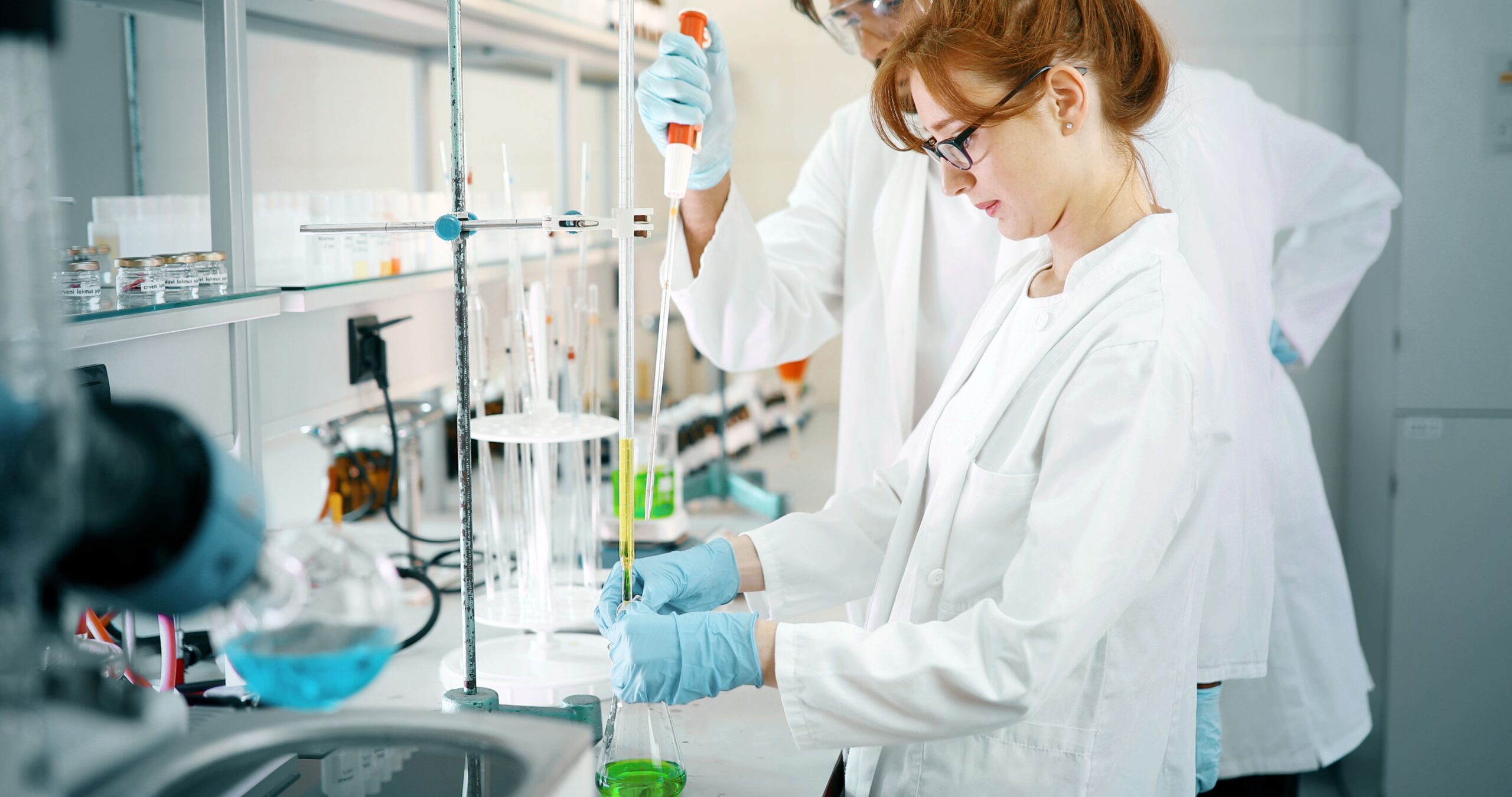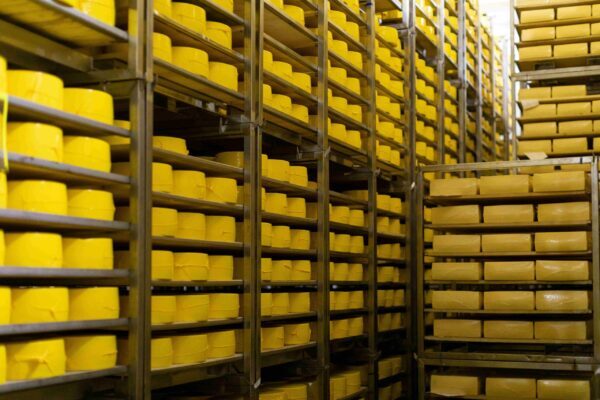Origins and Local Relevance
Wisconsin’s connection to cheese is more than cultural — it’s scientific. For over a century, the state has played a central role in advancing dairy production, blending tradition with applied food science.
Today, Wisconsin is home to hundreds of licensed cheesemakers and several food science institutions. But behind every wheel of cheddar or wedge of gouda lies a process governed by microbiology and chemistry — not folklore. And it begins with fermentation.
The Fermentation Process
Cheese production starts with milk, but its transformation hinges on bacteria. Starter cultures — typically strains of Lactococcus, Lactobacillus, or Streptococcus — are added to raw or pasteurized milk. Their job is to convert lactose, the natural sugar in milk, into lactic acid.
As the acidity rises, proteins in the milk — mainly casein — begin to coagulate. This creates curds, the soft solids that eventually become cheese, and separates them from whey, the liquid byproduct.
Rennet, an enzyme often derived from microbial or plant sources, is introduced to accelerate coagulation. Temperature control during this stage is critical; too warm and the bacteria overproduce acid, too cool and the process slows down dramatically.
The balance? Delicate. Achievable — but only with close observation.
The Chemistry of Flavor and Texture
Once the curds are formed, cut, and pressed, the cheese begins to age. This is when biochemistry takes over.
Proteolysis — the breakdown of proteins into peptides and amino acids — shapes the final texture. Lipolysis, or fat breakdown, generates many of the volatile compounds responsible for aroma. Together, these processes determine whether a cheese is creamy, crumbly, sharp, or mild.
Salt plays a dual role. It preserves and flavors but also inhibits unwanted microbial growth. Timing and method of salting — whether brine bath or dry rub — can affect moisture content and structural density.
No single formula exists. Every variety has its own timeline, temperature range, and microbial behavior. Even the same recipe can yield subtle differences based on aging room humidity or milk composition.
From Lab to Dairy
The science of cheesemaking doesn’t live in textbooks alone. In Wisconsin, researchers and dairy technologists routinely test pH levels, microbial counts, and texture consistency to ensure both safety and quality.
Advances in analytical chemistry have enabled faster detection of spoilage organisms. Infrared spectroscopy and chromatography now help predict flavor development during aging. What was once a craft is now a science-supported system with ongoing optimization.
Educational institutions like the Center for Dairy Research in Madison continue to bridge the gap between lab innovation and dairy floor practice, training specialists in everything from enzymatic reactions to sanitation protocols.
Key Stages in Cheese Production
- Milk Preparation: Standardizing fat content, pasteurizing (or not), and filtering
- Starter Culture Addition: Introducing beneficial bacteria for fermentation
- Coagulation: Adding rennet and managing acid levels
- Cutting and Cooking Curds: Controlling texture and moisture
- Draining and Pressing: Shaping and removing whey
- Salting: Preserving, flavoring, and balancing microbial growth
Aging (Affinage): Allowing enzymes and time to develop final characteristics

